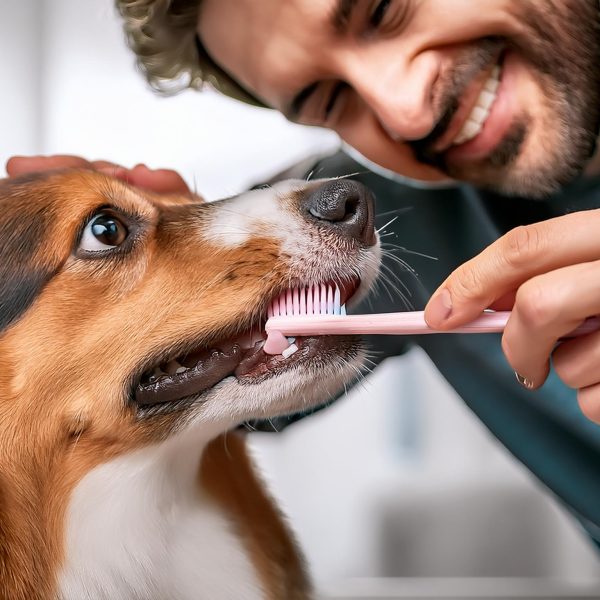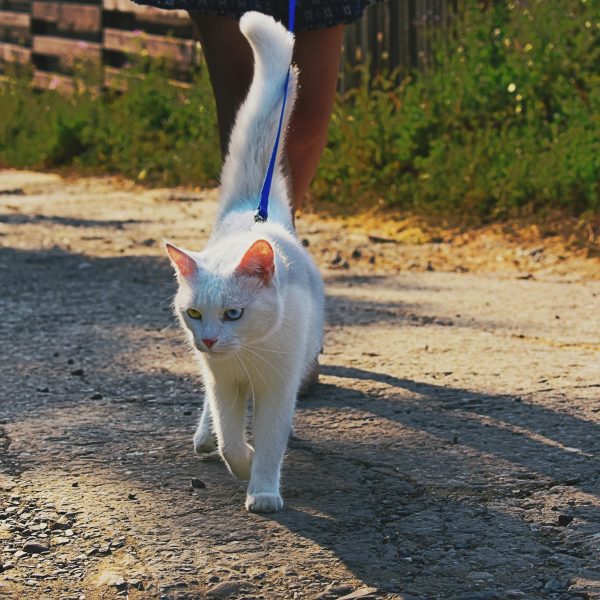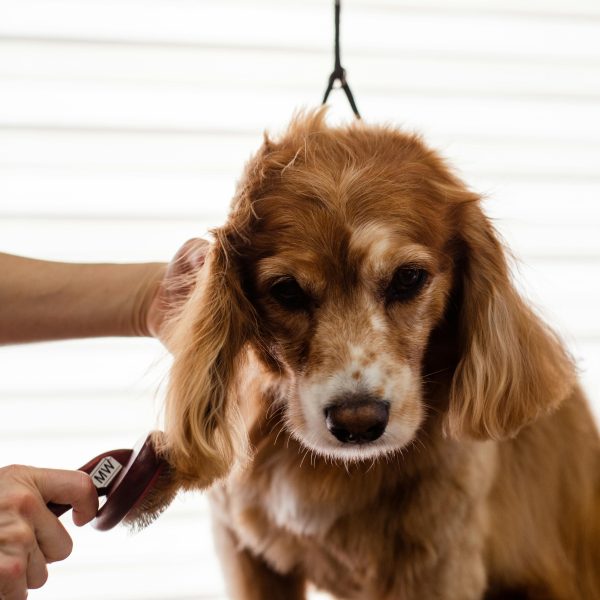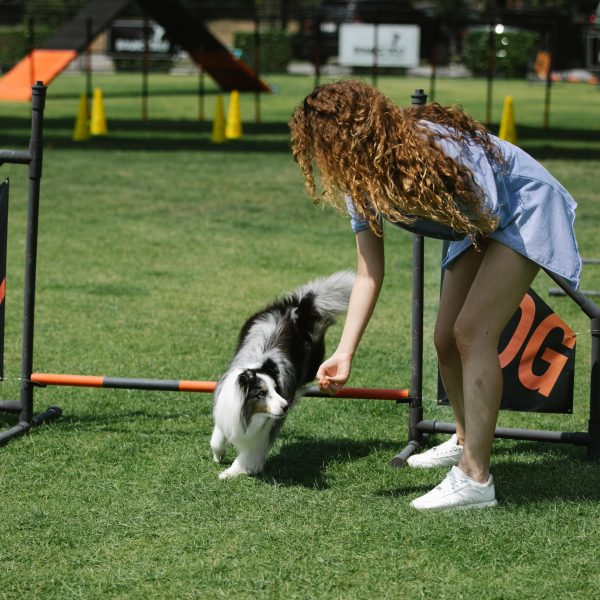Taking care of our pets through grooming is crucial not only for their looks but for their overall health and happiness. While grooming sessions can be stressful for animals, it’s important to prioritize their safety and well-being. This article discusses how pet owners and groomers can ensure an enjoyable grooming process.
Recognizing the Significance of Grooming
Grooming covers activities like brushing, bathing, nail trimming, ear cleaning, and haircuts. Regular grooming prevents matting, lowers the risk of skin problems, helps spot health issues, and strengthens the bond between pets and their owners. Despite its advantages, improper handling during grooming can cause anxiety and stress in pets.
Preparing for a Grooming Appointment
1. Setting the Right Atmosphere
Creating the right environment is key to ensuring your pet’s peace of mind during grooming. The space should be calm, tidy, and free from distractions. When grooming at home, choose an area where your pet feels safe and at ease. Professional groomers should maintain well-kept facilities with all tools to avoid any disruptions or delays.
2. Make Sure You Have the Right Tools
It’s important to use the right grooming equipment to ensure your pet’s safety and comfort. Check that your brushes, clippers, scissors, and nail trimmers are in good shape and suitable for your pet’s size and fur type. Using dull blades or incorrect tools can lead to discomfort and potential harm.
3. Introduce Your Pet to Grooming Tools
Before you begin grooming, let your pet familiarize themselves with the tools. Allow them to sniff and explore the equipment while giving treats and positive reinforcement. This helps reduce any fear or anxiety they may have towards unfamiliar objects.
Steps for a Relaxing Grooming Session
1. Brushing and Removing Mats
Regular brushing is key in preventing mats and tangles that can cause discomfort and skin problems. Use a brush that matches your pet’s fur type, starting gently and gradually increasing pressure as they get used to it. If there are severe mats, it’s best to seek help from a groomer to avoid hurting your pet.
2. Giving Your Pet a Bath
Bathing can be tricky for pets who aren’t fans of water. Use lukewarm water along with a gentle shampoo made for pets. Wet your pet slowly while speaking calmly to help keep them relaxed. Make sure you rinse your pet thoroughly to get rid of any leftover shampoo residue, which could potentially irritate their skin. After bathing, use a towel or a pet-friendly low-heat blow dryer to dry your furry friend.
3. Nail Trimming
Nail trimming can be quite stressful for pets. It’s important to desensitize them by regularly handling their paws. When trimming their nails, use a nail trimmer designed for pets. Cut small sections at a time to avoid causing pain or bleeding. If you’re unsure about the process, it’s best to seek advice from a veterinarian or professional groomer.
4. Ear Cleaning
Regularly cleaning your pet’s ears is essential for preventing infections and discomfort. Use an ear cleaner recommended by the vet and gently wipe the outer ear with a cotton ball. Avoid inserting anything into the ear canal to prevent injury. If you notice any signs of an ear infection, like redness, swelling, or unusual odor, consult your vet before cleaning.
5. Haircuts and Trimming
Pets with long or thick fur may require haircuts to avoid matting and ensure comfort. Use high-quality grooming scissors or clippers. Work patiently and carefully to avoid cutting their skin. If your furry friend tends to get nervous or has a complicated coat, it’s better to let professional groomers handle the haircuts.
Dealing with Stress and Anxiety
1. Recognizing Signs of Stress
Being able to understand your pet’s body language can help you figure out when they’re feeling stressed or anxious. Signs like heavy breathing, whimpering, shivering, excessive licking, and trying to escape are common indicators. If you notice these signs, take a break and give them time to relax before continuing.
2. Using Positive Reinforcement
Giving your pet treats, praise, and love while grooming can help them associate the experience with positivity. Start with short grooming sessions filled with positive reinforcement and gradually make them longer as your pet gets more at ease.
3. Seeking Professional Assistance
If your pet is extremely anxious or resistant during grooming sessions, consider getting help from a professional groomer or vet. Some pets might benefit from mild sedatives prescribed by a vet as a last resort and under professional guidance.
Safety Measures for Professional Groomers
1. Maintaining a Peaceful Setting
Creating a calm and controlled setting in the grooming salon is crucial for reducing stress levels in animals. Limit the number of pets in the grooming area at any given time and use calming music or pheromone diffusers to establish a relaxing ambiance.
2. Proper Restraint Methods
It’s important to use the right techniques for restraining pets to prevent harm and ensure everyone’s safety. Instead of using forceful tactics that can cause stress or injury, opt for gentle restraints like grooming loops or harnesses while keeping a close eye on the pets.
3. Regular Tool Maintenance
Maintaining grooming equipment regularly is crucial for safety and efficiency. Make sure to clean and disinfect tools after each use to avoid infections. Keep blades sharp and replace any worn-out tools to guarantee they work properly and safely.
4. Ongoing Learning
Professional groomers should keep up with the latest techniques, safety measures, and pet handling practices. Attending workshops, seminars, and certification courses can improve skills and knowledge, resulting in safer and more efficient grooming sessions.
Grooming plays a vital role in pet care, requiring careful attention to safety and comfort. By creating the right setting, using appropriate equipment, and employing gentle methods, both pet owners and professional groomers can ensure a stress-free grooming experience. Understanding each pet’s needs and anxieties can turn grooming into a routine that benefits their overall health and happiness.








